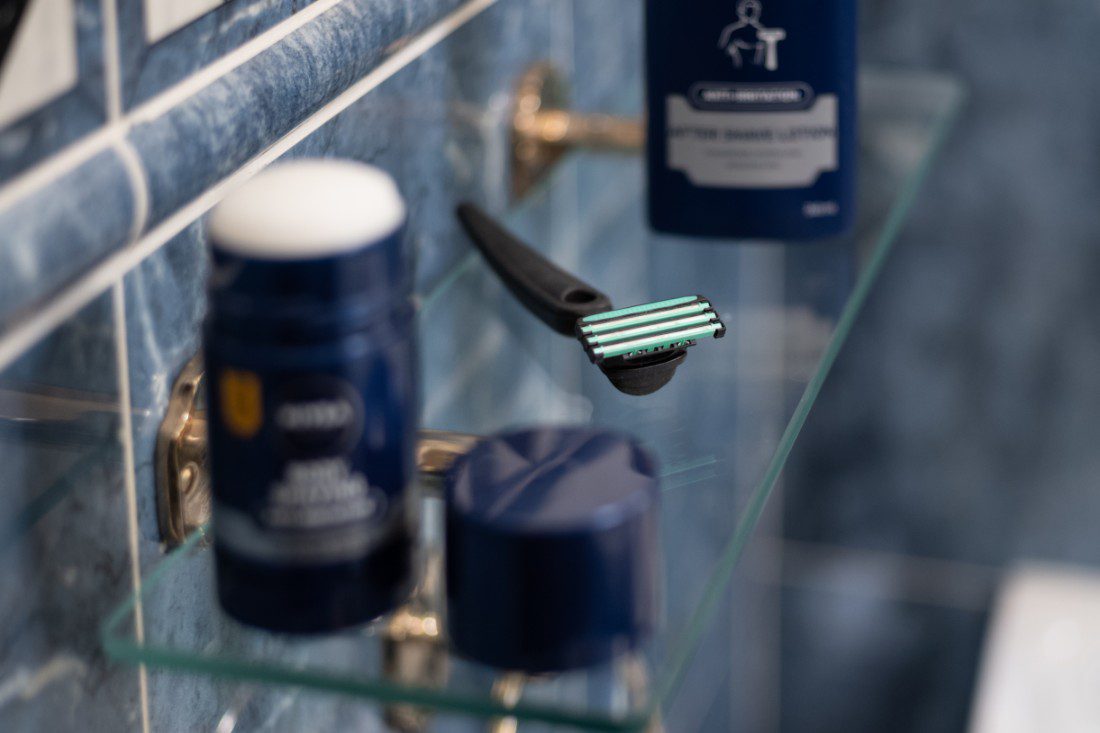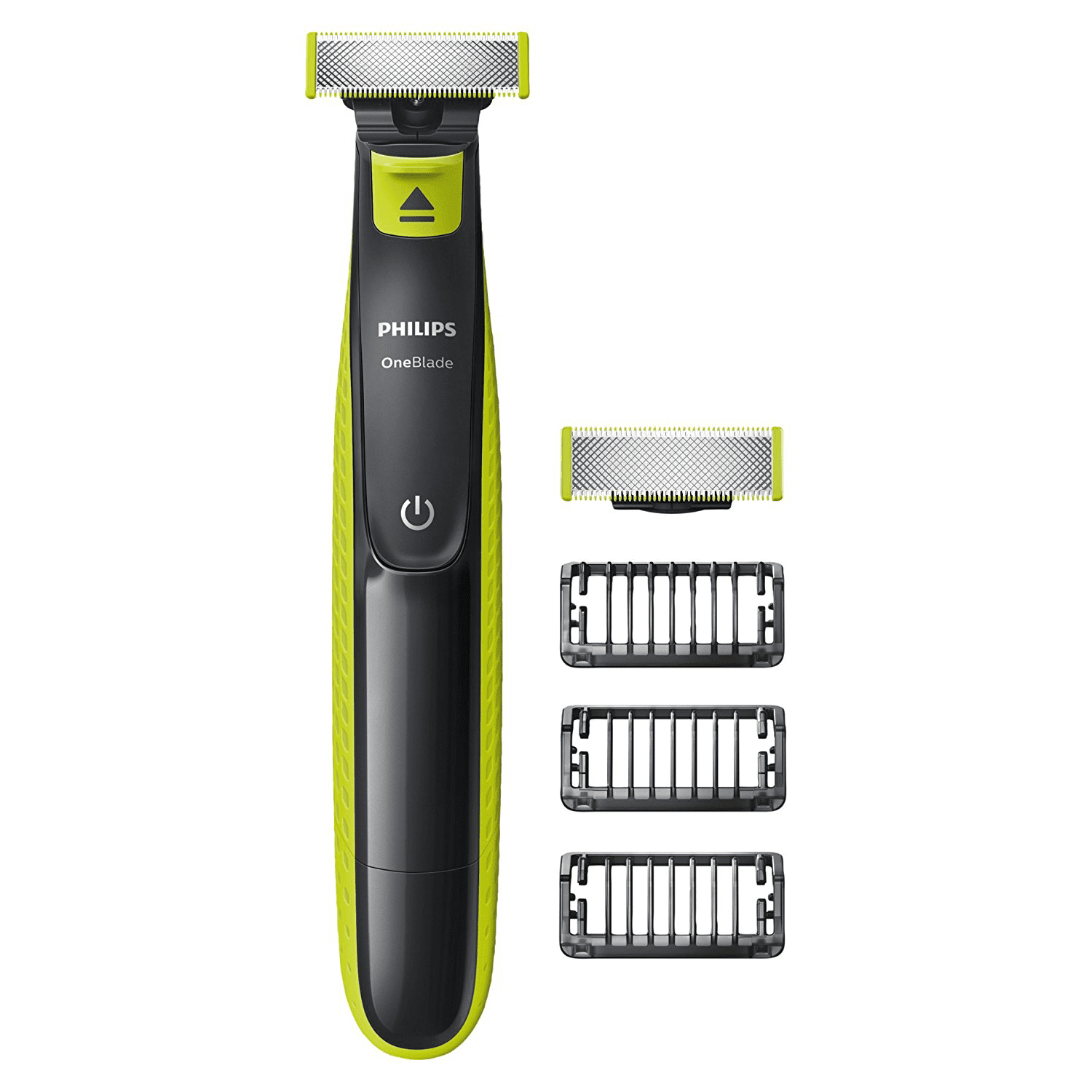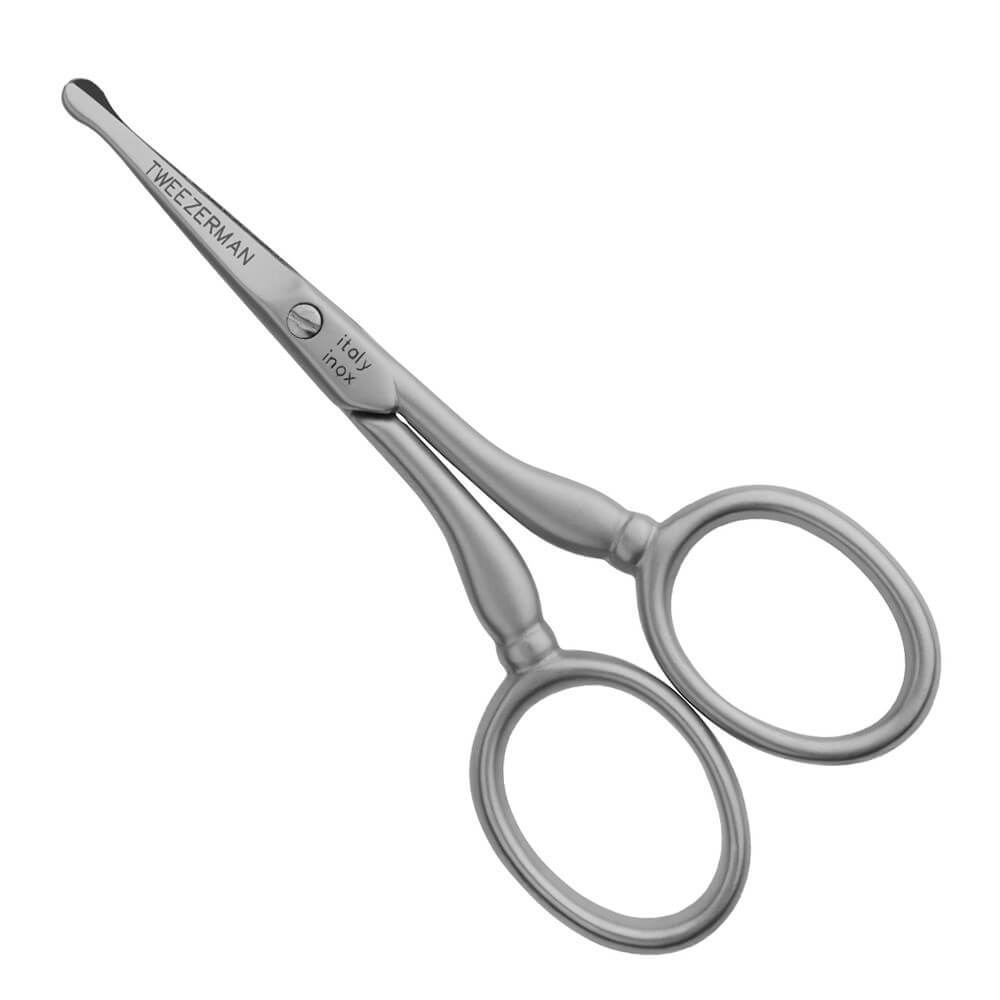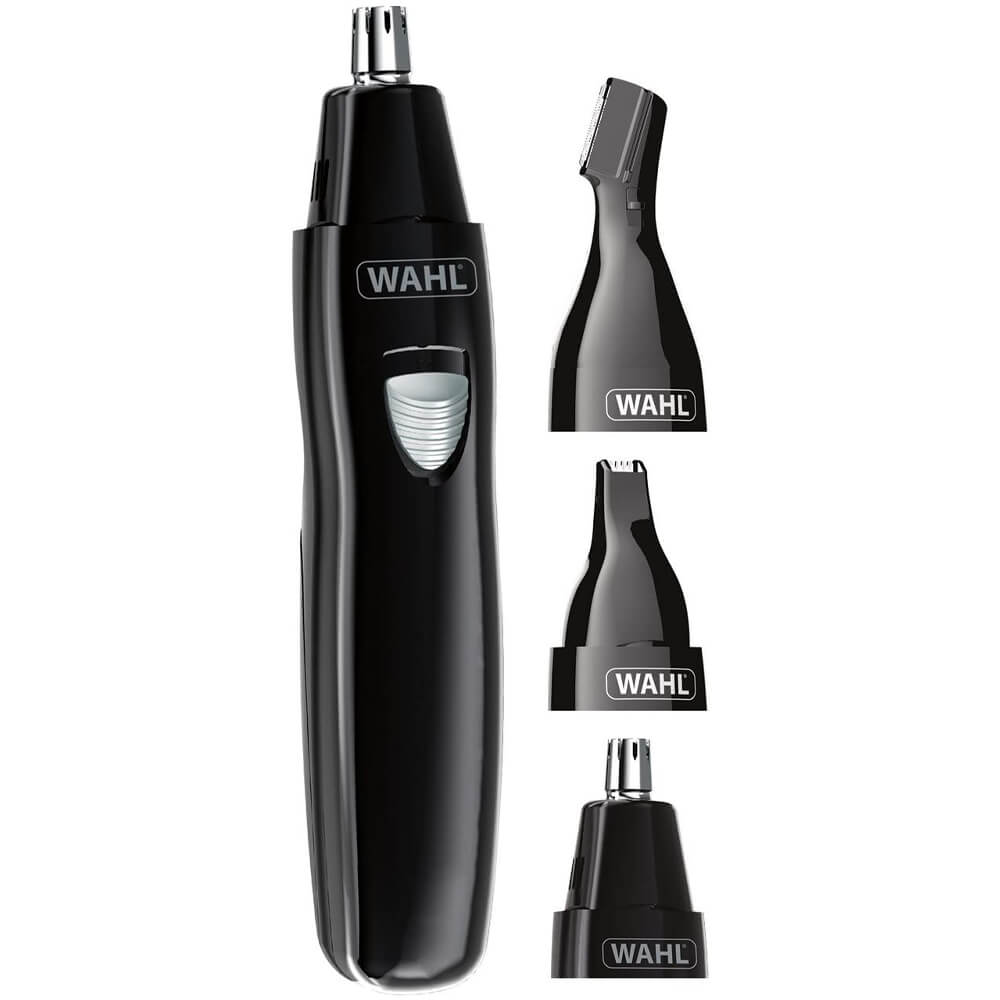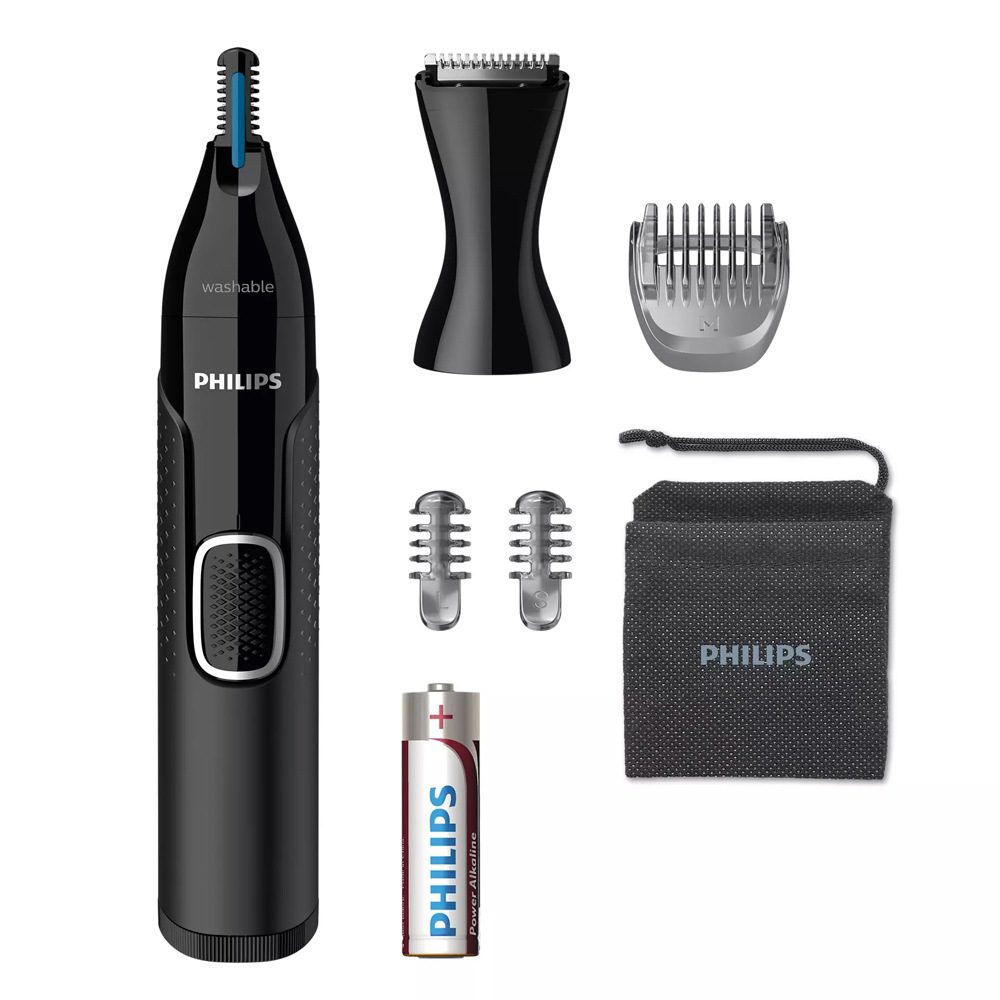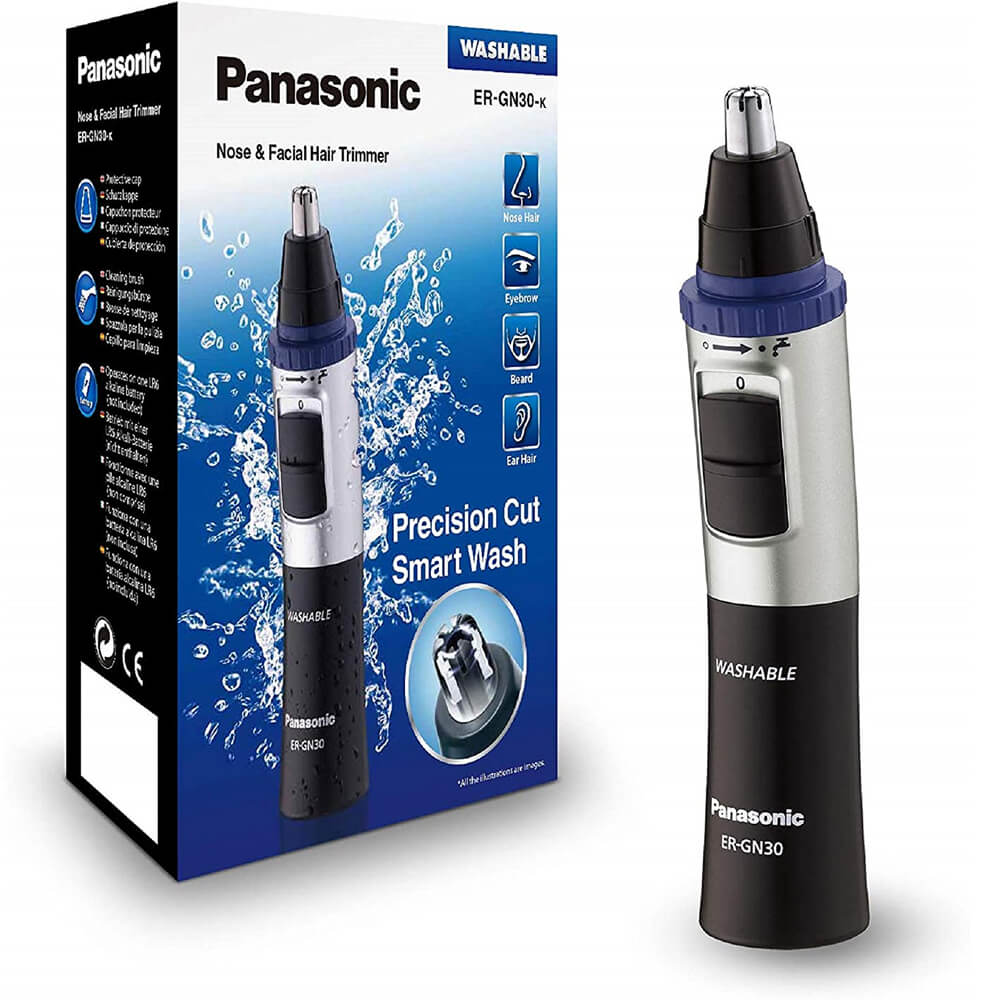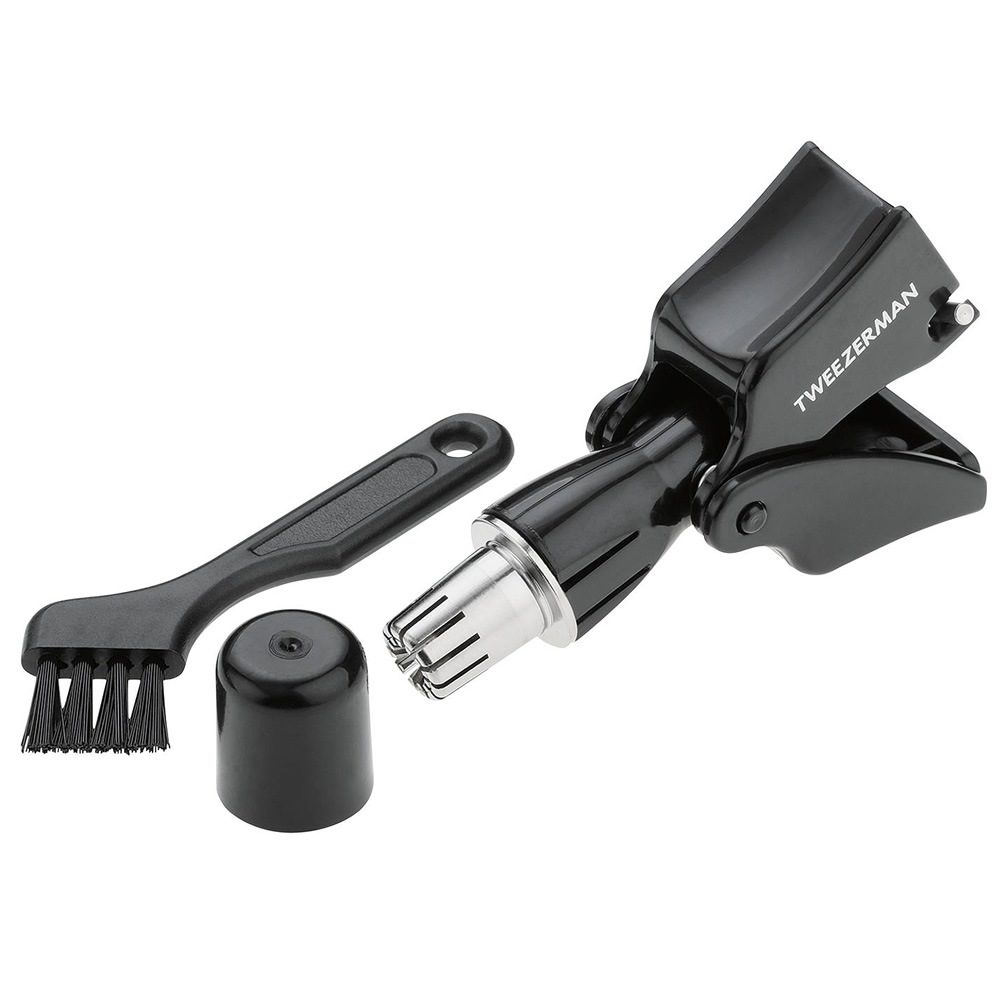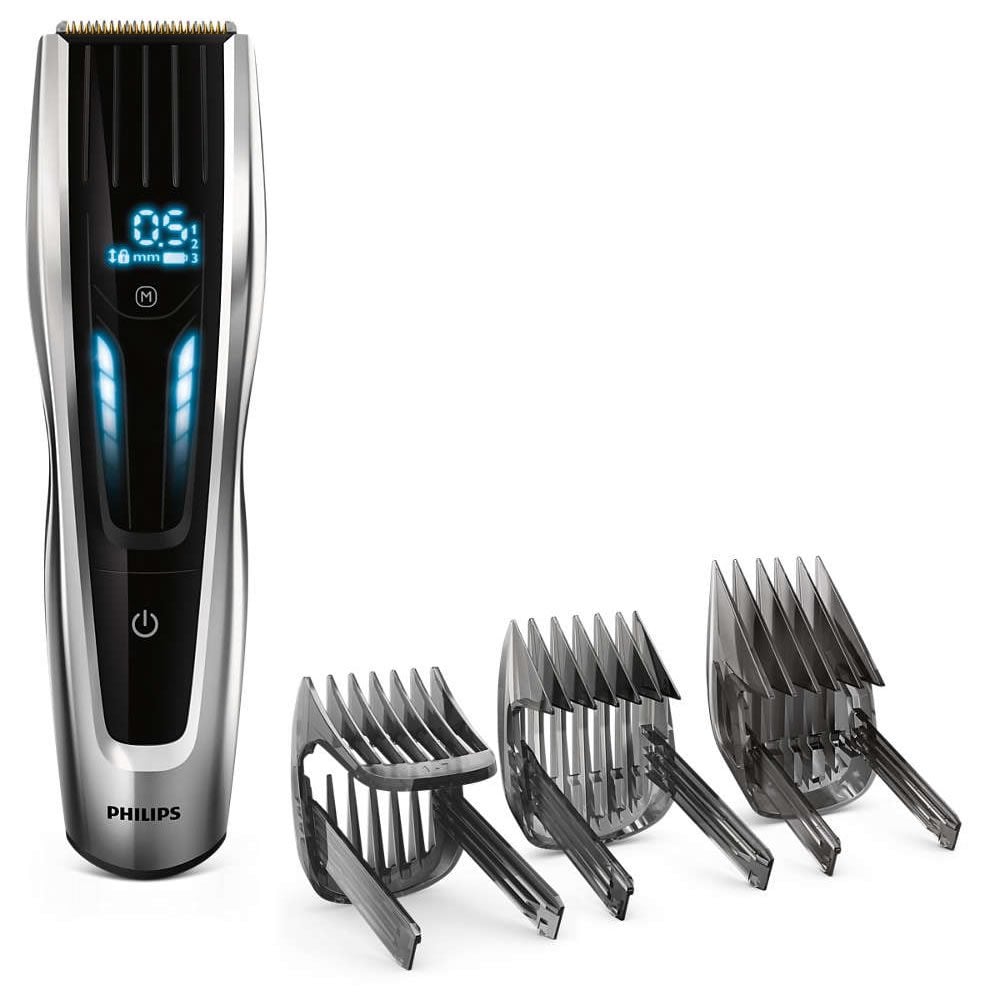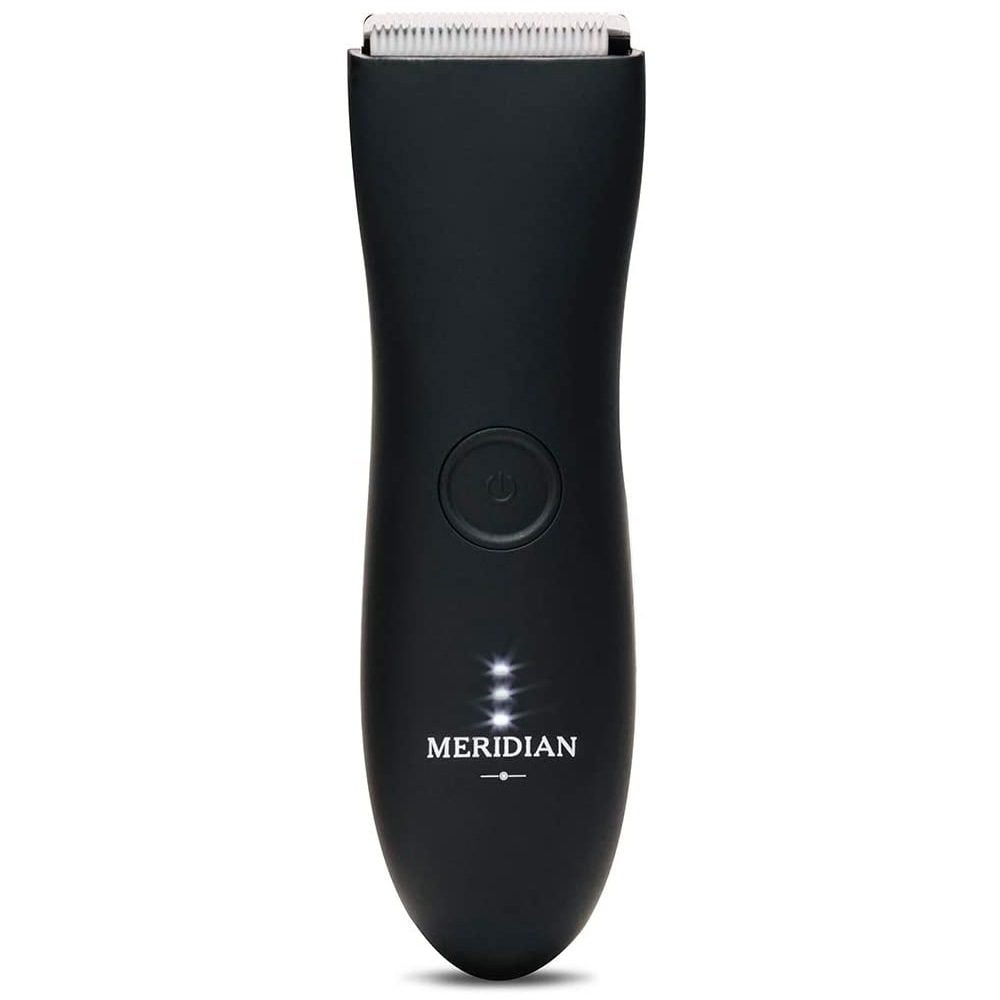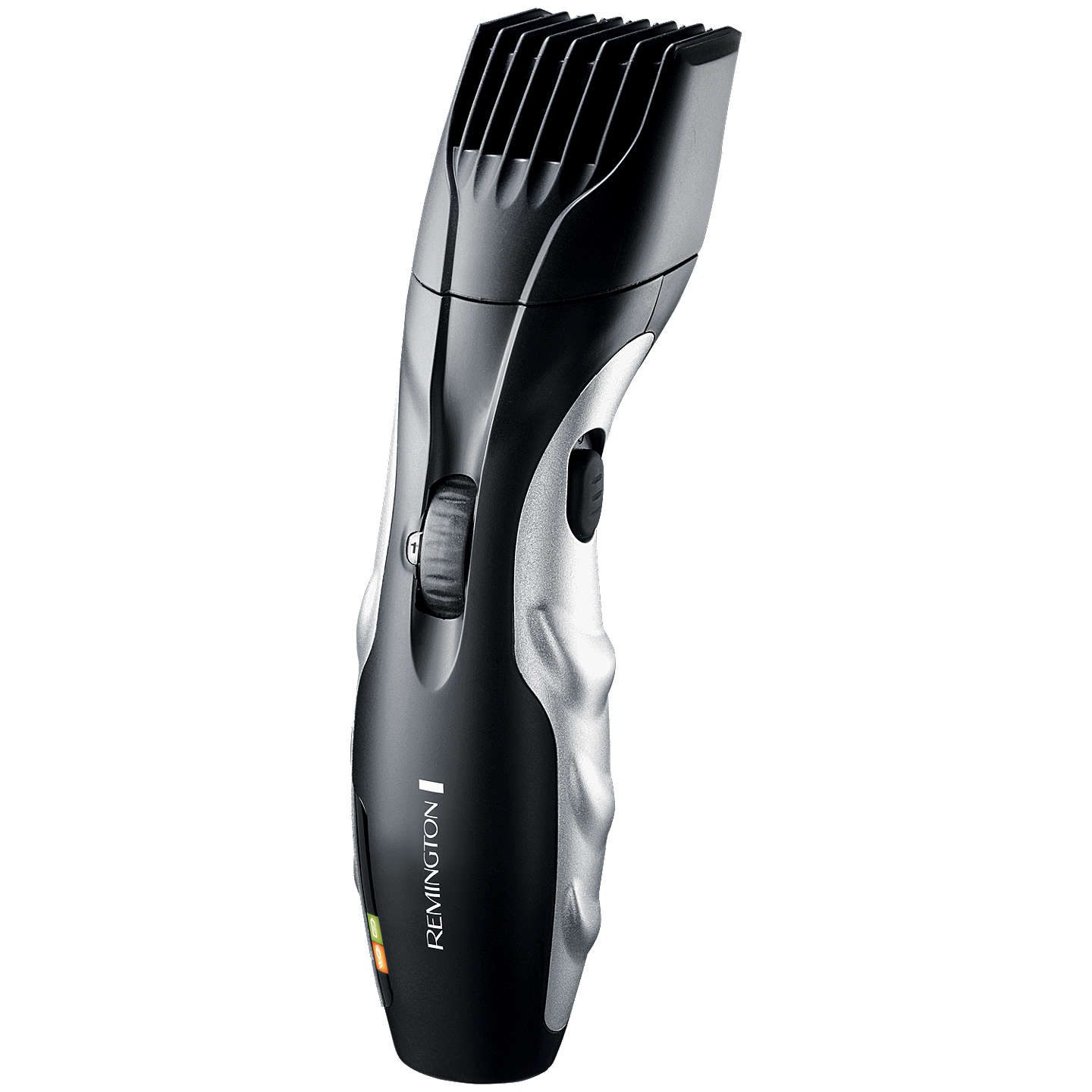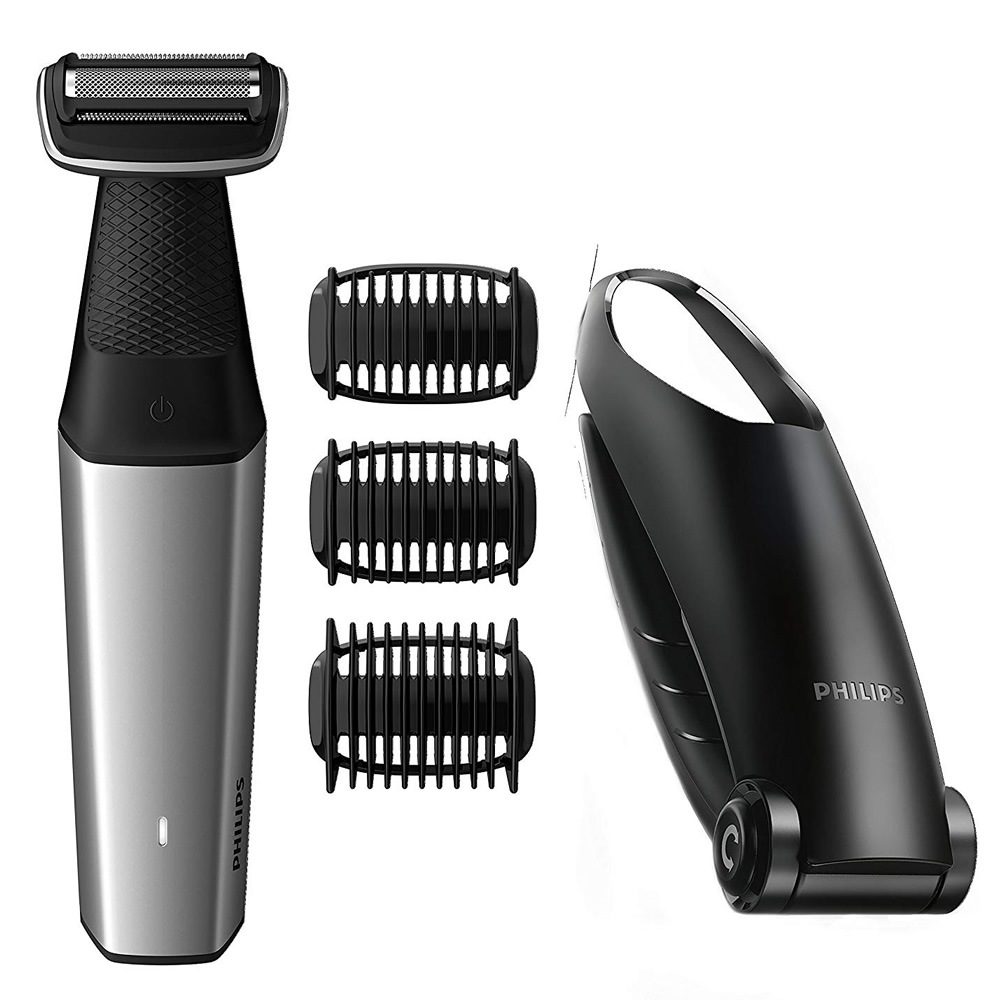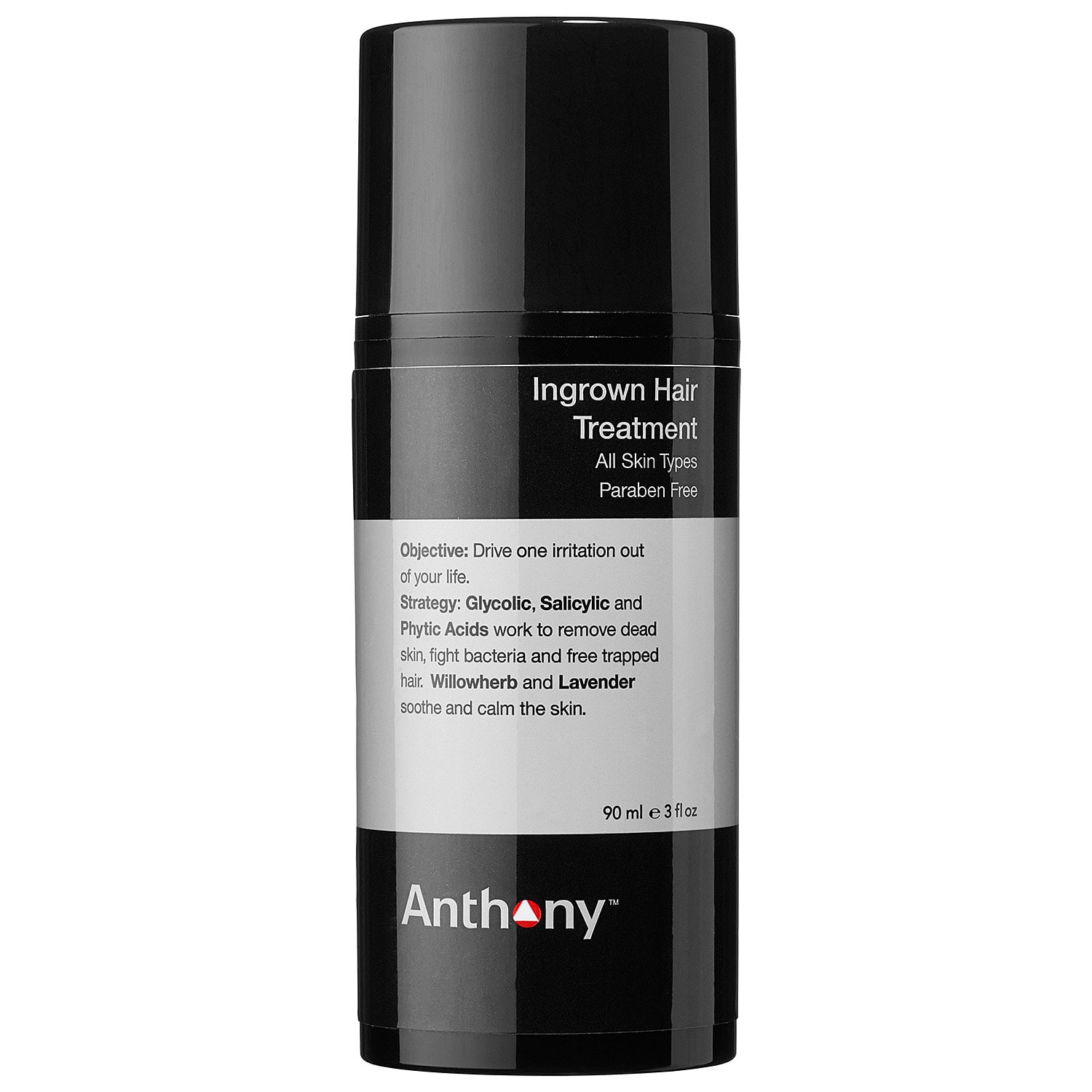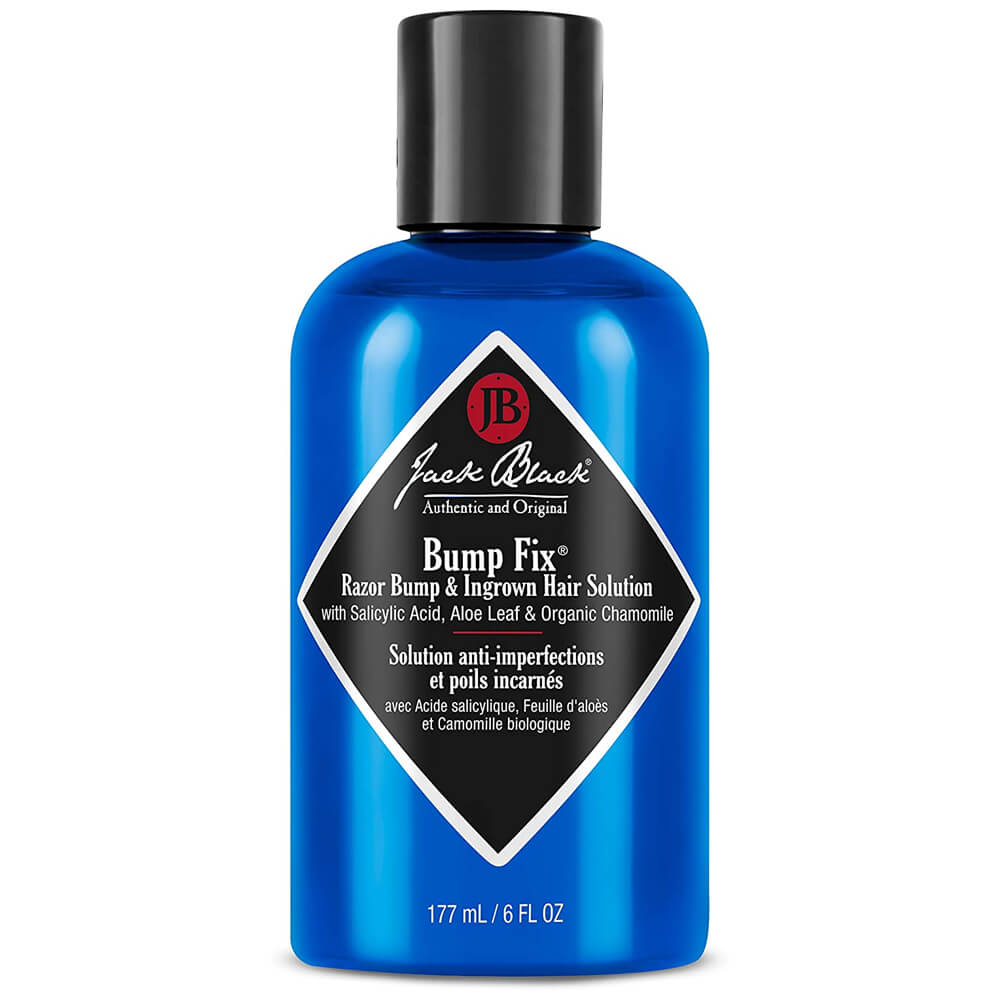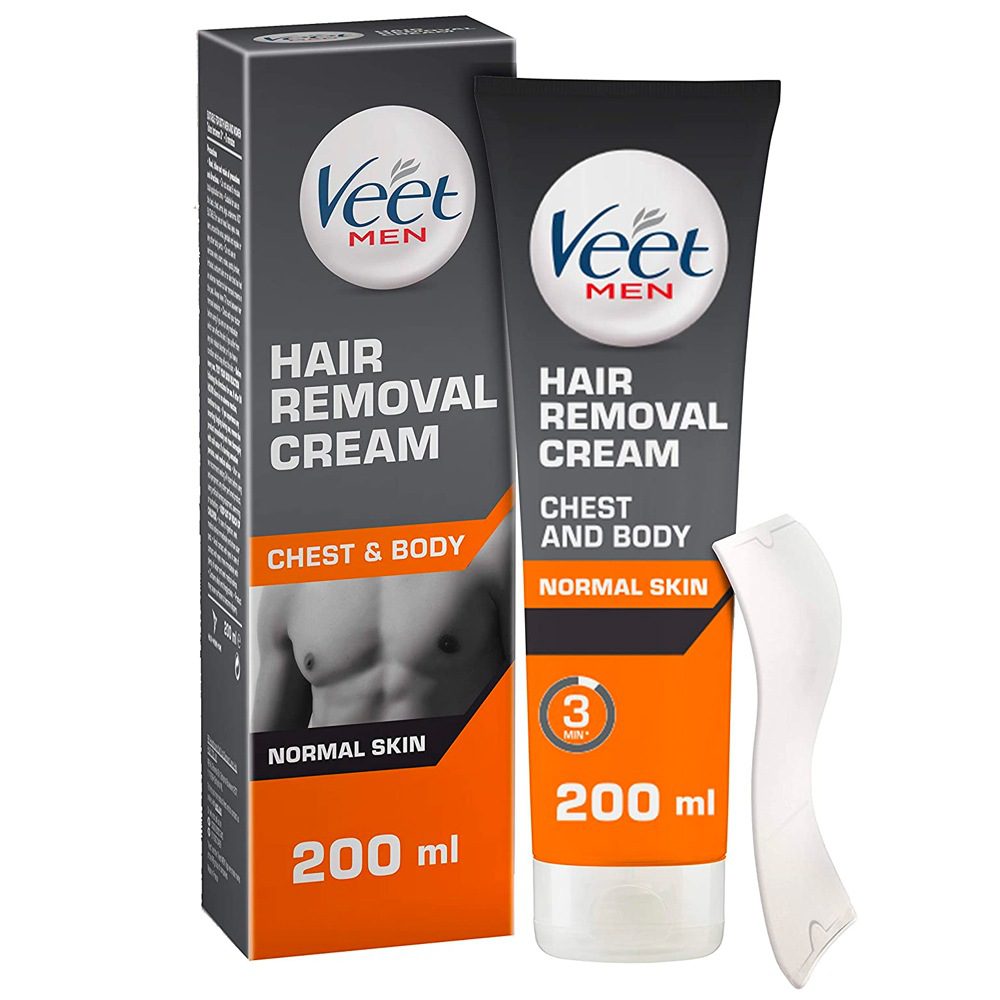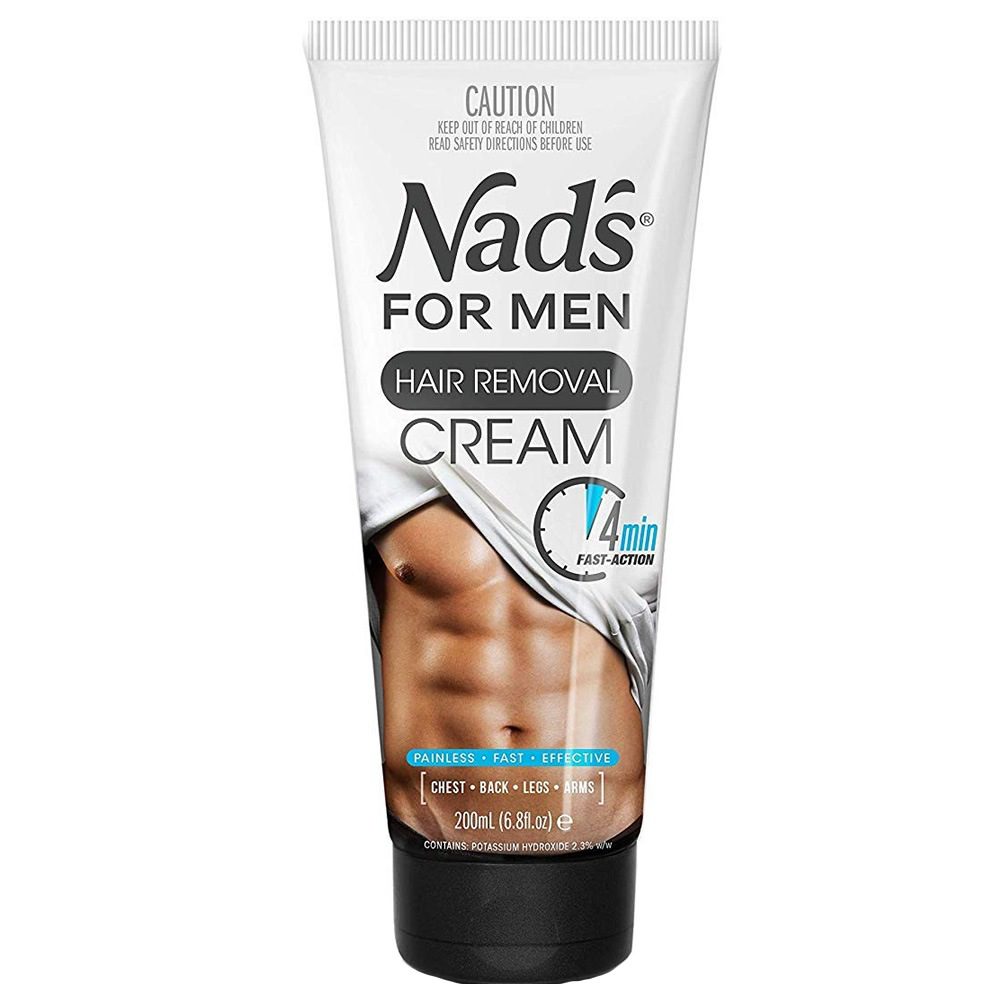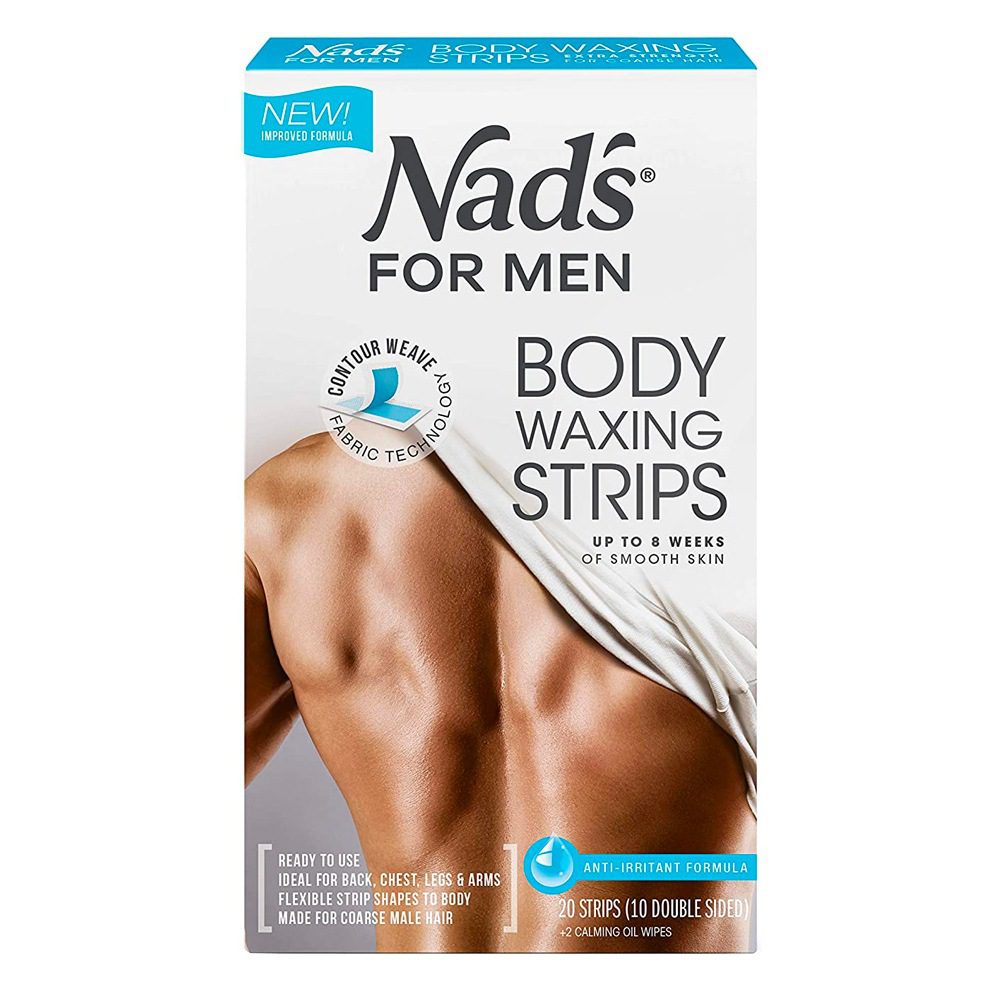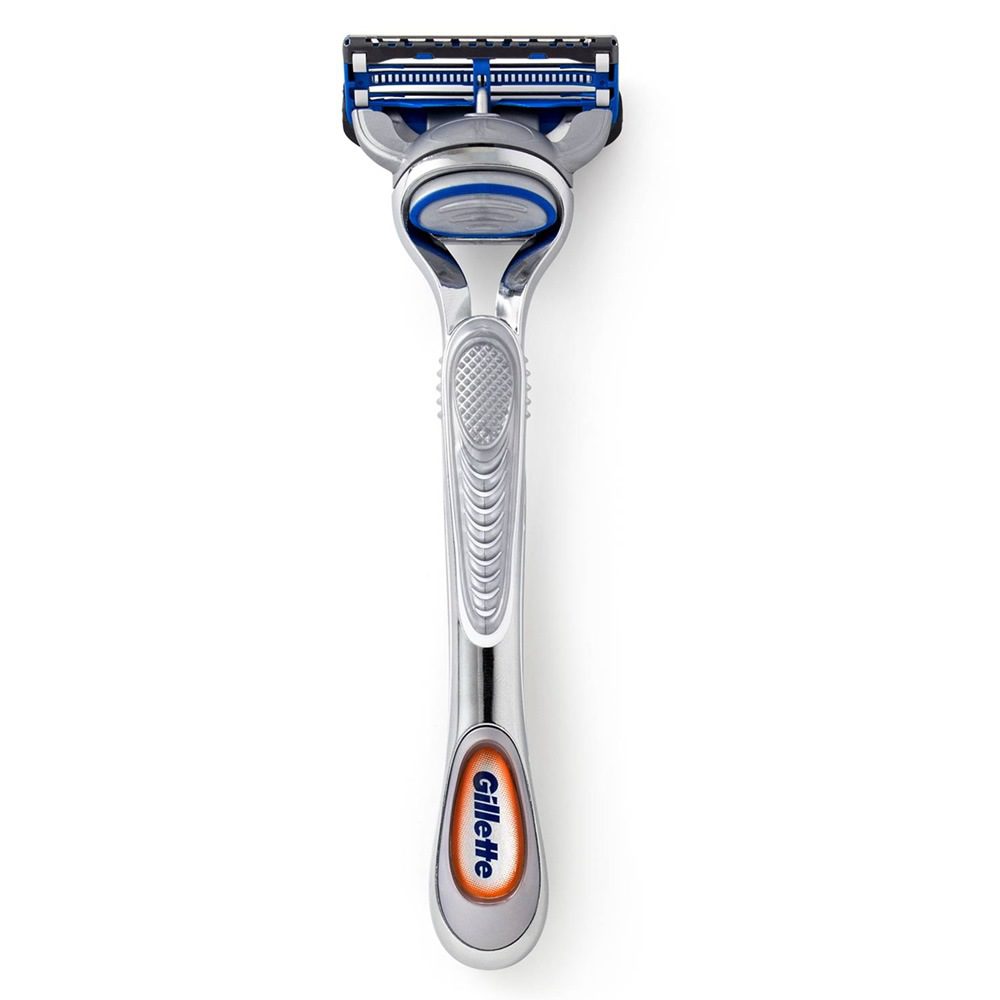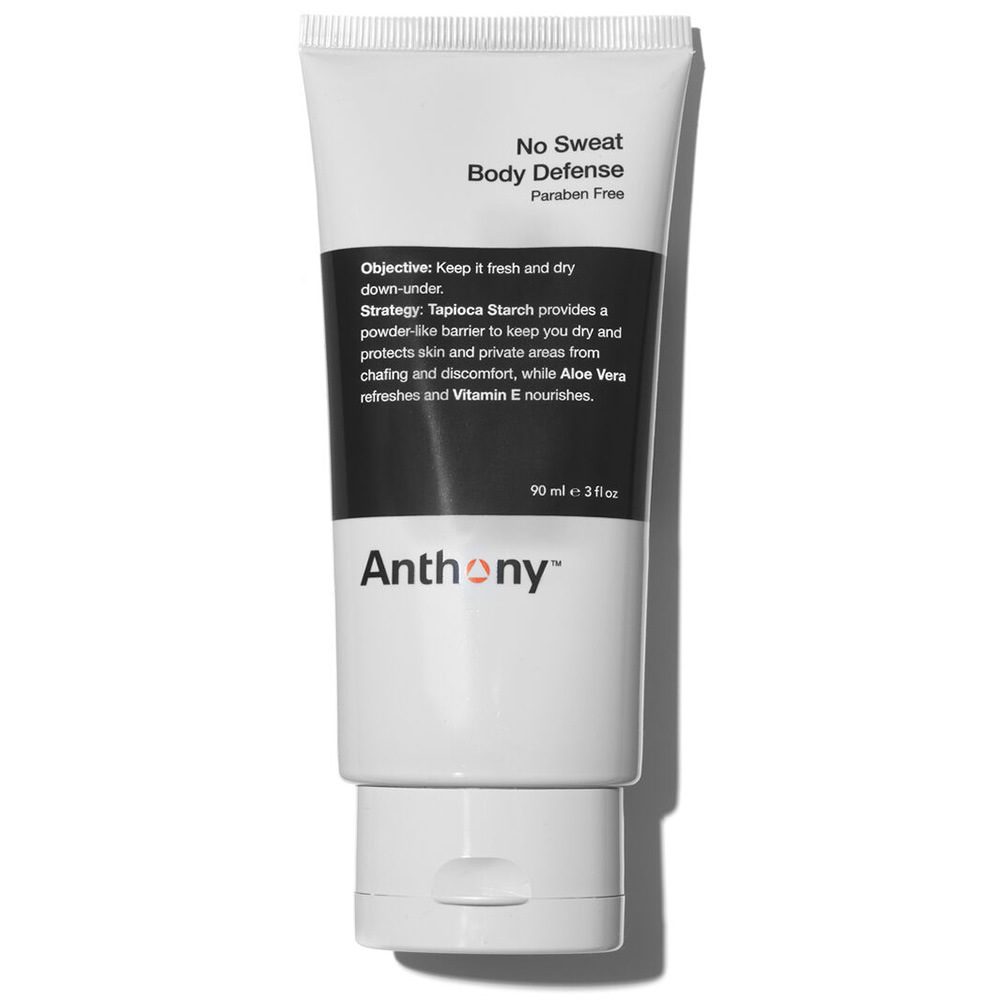A Manscaping Guide For Modern Men: How To Groom Your Body Hair
We’re bound to say it, but when it comes to transforming yourself from an Ape to a Gentleman there’s no better place to start than with a bit of body hair removal, also now unfortunately known as ‘manscaping’. After all, nobody should have to guess where a man’s haircut stops and where his back begins. Or wonder whether he’s harbouring a Wookie down his underpants.
“Men now spend twice as long on hair removal than women and also spend more money on it, with over half removing leg hair, chest and back hair and nearly as many grooming their eyebrows on a weekly basis.”
And we’re clearly not alone in thinking this, because so popular has manscaping become in recent years that according to a survey by Fragrance Direct, men now spend twice as long on hair removal than women and also spend more money on it. Over half regularly shave their leg, chest and back hair, and nearly as many groom their eyebrows on a weekly basis. A survey by Cosmopolitan, meanwhile, revealed that 90% of men trim or completely remove their pubic hair regularly.
The Benefits

Removing body hair can help enhance muscle definition
The benefits of manscaping are multi-fold: as well as helping you feel cleaner, more confident and sexier (the top three reasons cited for hair removal according to a Braun survey on the subject), it also enhances muscle definition if you work out regularly. It’s no coincidence that the Braun survey also revealed that men who visit the gym at least once a week are 63% more likely to trim or completely remove their chest hair.
But with nipples to navigate and “Private Ryan” to protect manscaping is one male grooming activity that needs to be carried out with care and attention. On a very basic (and in some cases quite literal) level, it’s gorilla warfare: a man has to be armed, ready and experienced to fight the fur. So, here’s a top-to-toe masterclass in body hair removal – one that that will help turn even the most uncoordinated of body groomers into the smoothest of operators.
Your Manscaping Choices
There are several ways to remove unwanted body hair. Some straight-forward; some plain eye-watering. Below are your best options.
Waxing
Waxing rips hairs out from the root and offers longer lasting results than shaving (you’ll be reasonably hair-free for around four weeks). And because hairs grow back with fine ends there’s less chance of itchiness and irritation. If it sounds too good to be true that’s because it is – grown men have been reduced to tears by a back wax.
Sugaring
An ancient hair removal technique which uses a sugar paste to remove hairs. Sugaring is a bit like waxing – though generally a little less eye-watering – and is good for larger areas. Though home kits are available, it’s best done by a professional.
Plucking
The manual removal of individual hairs with tweezers. Plucking is ideal for errant eyebrows but isn’t a technique you want to employ near your nether regions.
Shaving
Fast, simple and inexpensive, shaving is probably the easiest way to phase out the fur. But, as with shaving your face, you run the risk of razor burn, cuts and ingrown hairs. If you’re shaving down below you’ll also need a steady hand and nerves of steel.
Depilatory Creams
Effective and simple to use (apply, leave on for a few minutes and wash off) depilatory creams contain chemicals that weaken hairs at the root so they just fall away, leaving skin super-smooth. What’s more, Veet claim their depilation creams result in up to 80% fewer ingrown hairs. They’re especially useful for chests, backs, shoulders and legs but should not be used on your man bits unless you have a high pain threshold or an excellent sense of humour.
Body Groomers
According to Braun, 21% of men now own a body grooming tool, and you can see why. Easy to use, trimmers give total control over how much hair you remove, get the job done in a matter of minutes and rarely cause nicks, cuts or irritation.
Laser Hair Removal
The best option for long-term hair removal and manscaping, this treatment is especially good for problem areas like the back and shoulders. Best done by a professional, it’s the most expensive and time consuming option as you’ll most likely need several sessions to get the job done. And though treatments often permanently reduce the number of hairs they don’t stop regrowth altogether.
Epilators
Using an epilator is a bit like having your own private army of hair pluckers waging war on unwanted hair by removing them from the root en masse. As with waxing, results last around a month. Although women have been using handheld epilators for legs and armpits for years they’ve never really taken off with men. Possibly because, like waxing, epilation isn’t entirely painless.
The Best Ways To Manscape
Eyebrows
Eyebrows are great. They keep sweat from dripping into your eyes and are perfect for showing Spock-like scepticism. They just happen to look better when there’s two of them rather than just the one.
Luckily, managing a monobrow is simple. You can simply shave the area using a gadget like the Philips OneBlade (the shaving head is the perfect width for removing hair between brows in one go), pluck out the hairs with tweezers (do this after a shower to open the pores, place the ends of the tweezers at the root and pluck hairs out one at a time in the direction of hair growth), or wax the area using eyebrow strips.
Rogue eyebrow hairs can be snipped off with round ended scissors like Tweezerman’s Facial Hair Scissors. Or you can simply whizz over the entire ‘brow with a beard/body hair trimmer or specialist tool like Wahl’s Precision Trimmer, which features a special attachment for eyebrows.
Alternatively, consider “threading”. An ancient eyebrow-shaping technique that uses cotton thread to remove the hairs, it’s increasingly popular with men wanting an eyebrow tidy. It’s available at many beauty salons, department stores and in some barbers too.
Ears & Nose
Like a love of golf and a taste for fine wine, errant ear and nose hairs are generally something that come with age. But unlike golf and fine wine they’re both annoying and unwelcome. Although scientists still aren’t 100% sure of the cause, it’s thought changes in the hairs’ sensitivity to male hormones like testosterone as we age acts as a trigger for uncontrolled growth.
Plucking can lead to follicle damage and, if you’re unlucky, infection. Ditto waxing. You’re better off snipping off unwanted hairs with rounded ended scissors or by using a specialist gadget like the Philips Nose and Ear Hair Trimmer.
Remember, though, that while it’s an inconvenience, nasal hair is there for a reason: to trap dust and pollution from getting into your lungs. So don’t remove too much and don’t go too deep into the nostril either.
Of course, there’s always hair singeing – where ear hair is burnt with the help of a cotton ball soaked in alcohol. It’s a technique widely practised by experienced barbers in Turkey. And one best left to experienced barbers in Turkey.
Armpits
You’d have to go way back in history to find a time when having fur-filled pits was actually useful. Scientists suspect it may have played a role in helping attracting a mate by trapping the “irresistible” sweat our pits produce and acting as a primitive amplifier.
These days we have eau de toilette for that so, unless you’re attached to your armpit hair for aesthetic reasons (and plenty of men and women still find it attractive), it can happily take a hike. Not only will reducing or removing pit hair rob the bacteria that cause BO of a home, it’ll also make it easier for your body wash and antiperspirant to come into contact with your skin, enhancing their effectiveness in the process.
The simplest (and least itchy) option for manscaping your pit hair is to cut it back to around 2cm or so in length using hair clippers, a beard trimmer or a body groomer. Shaving with a razor is the most straightforward way to remove hair altogether (hack it back with a trimmer to the shortest length possible first to make shaving easier) but will leave you with itchy regrowth. And if you think that’s bad on your chest just wait until you experience it under you arms.
A much better option if you’re after a super-smooth finish is paying for a professional underarm wax. Not only will the results last longer, the regrowth, when it starts, is finer and softer so not nearly as itchy. Expect tears when you have it done though.
Chest
Trimming chest hair is probably most men’s introduction to manscaping. Mainly because it’s where body hair is most prominent and prolific. Not only will trimming chest hair help show off hard-won pecs if you’re a gym-goer, it can make you feel cooler and fresher too and even improve the line of T-shirts, ensuring they don’t look lumpy and uneven.
Shaving, waxing and sugaring are all options if the look you’re after is alabaster, but a simpler option is to keep it neatly clippered. You won’t get as smooth a finish but you’ll still be able to see muscle definition beneath and if you trim hair to a centimetre or so in length you’ll to avoid the itchy regrowth associated with shaving.
Trim your chest with a gadget like the Philips Bodygroom when hair is dry (it’s easier to see how much you’re removing, plus hair relaxes and lengthens slightly when wet so you might end up cutting it too short otherwise). Trim up to the edges of the nipples rather than going over them to avoid accidents. And keep stomach hair the same length to create an even, balanced look.
If you’re feeling creative, you can contour your chest and stomach hair to create various different looks. Removing the hair below your pecs but leaving the stuff that’s on them longer can make the chest look slightly broader. While you can create the optical illusion of a more V-shaped body by trimming chest hair into the shape of an elephant’s head and trunk.
For a completely smooth chest you’ll need to wax, sugar or shave. If shaving, always begin by trimming hair back as short as you can with a body groomer or beard trimmer first. Shave with the direction of hair growth and apply an aftershave balm or lotion afterwards to soothe skin.
To minimise the risk of ingrown hairs exfoliate twice weekly with a body scrub. Products designed to minimise ingrown hair growth on the face, like Anthony Ingrown Hair Treatment, are also perfectly safe to use on other parts of the body you’ve shaved.
Back & Shoulders
While sporting a full on a chest rug is rarely a hindrance (Sean Connery, Hugh Jackman and Henry Cavill have no shortage of admirers) a hairy shoulder is rarely anything other than a scary shoulder. Hairy backs, meanwhile, often crop in top 10 turn-off lists, even though a survey of male members of Mensa found that the hairier the back the more intelligent the man.
If you’re after a baby-soft back you could try trimming it (extendable body groomers exist to allow you to trim your own back hair), but your best bet is a back wax, performed by a professional in a salon or, if there isn’t too much hair, a willing partner using wax strips. Nad’s For Men Body Waxing Strips are designed for tough male body hair, easy to use and come with cooling wipes to calm post-waxed skin.
The good thing about waxing is that you’re much less likely to experience itchy regrowth (truly maddening when it’s on your back or shoulders) and you shouldn’t need to wax again for around a month or so, saving money and time with a more efficient manscaping routine.
Another option for backs and shoulders is a depilatory cream like Veet for Men Hair Removal Gel Cream or Nad’s For Men Hair Removal Cream, which dissolves hair at the roots. It results in a smooth finish but again you’ll need to enlist a not-too-squeamish assistant.
To avoid irritation follow the instructions to the letter (foolish is the man who doesn’t as anyone who has used hair removal cream will tell you). Rinse thoroughly and apply a little antiseptic cream or tea tree spray afterwards to minimise irritation.
Groin
The pubic area is one of the most popular manscaping destinations. This probably has less to do with the fact that a tidy trunkline is aesthetically pleasing or the fact that numerous surveys show people prefer their partners to be neat and tidy downstairs as it does with the fact that trimming is thought to add an extra “optical inch”.
If you still want to prune your pubes, a body groomer is your best option because they’re designed not to cause nicks and cuts to your nether regions. The Philips One Blade Hair & Body’s tagline is “cuts hair, not skin” – which is extremely reassuring. They’re great for trimming hair so it looks neat and tidy (the most popular option) but can also be used to remove it altogether if you opt for the shortest setting or remove the trimming comb.
If you also want to shave your balls, use the trimmer to cut the hairs back first and then tackle them with a wet razor. As with shaving your face use plenty of shave cream, take your time (obviously) and splash your boys with cold water throughout to keep skin taught as you shave. It goes without saying that you’ll want to do this while sober.
Since the shaft of the penis tends not to have too many hairs, the best (and safest) way to remove them is to snip them off individually using safety scissors. Simply pull the hairs away from the skin with your fingertips and snip the hairs off as close to the skin as you dare. It’s a time-consuming manscaping process but less risky than hacking away at it with a razor.
Once you’ve finished manscaping downstairs, apply an unscented aftershave balm to soothe any skin you’ve shaved and think about wearing briefs rather than boxers for a few days afterwards – they help prevent prickly regrowth from irritating the skin around the testicles. Products like Anthony’s No Sweat Body Defense can help minimise discomfort in the days after manscaping too.
Legs & Feet
Cyclists shave their legs to make them more aerodynamic; swimmers do it to reduce drag and for the psychological boost feeling smooth and sleek in the water provides; while some rugby players do it to make them slipperier customers during tackles. But with the Fragrance Direct survey revealing that 53% of 25-34-year-old men groom their leg hair it’s clear not every man shaves his legs for sporting reasons.
If you’re manscaping other parts of your body it makes sense to bring the legs into line, hair wise, of course. Shaving is the simplest solution. Do it after a shower or bath to soften the hairs and apply a fragrance-free aftershave balm afterwards as you would if you were shaving your face. The Philips OneBlade is another solution for legs because it doesn’t cut the hairs quite as close as a traditional razor so reduces the risk of irritation – and nasty nicks and cuts.
Further south, Bilbo Baggins might be able to rock a pair of furry feet but it’s much harder for a bloke in sandals to pull off the look, especially if his toe hair is thick and dark. Hairy toes are actually a sign of good health (it shows there’s decent circulation to your extremities), but if you want to remove the hair for aesthetic reasons then use a depilatory cream (a small amount is all you need) or wax them with a home kit (cut larger strips meant for the chest and shoulders into toe-sized slivers and rip off in the opposite direction of the hair growth). Avoid shaving with a razor as this will leave the hairs with unsightly blunt ends that will make it obvious you’ve been trying to hide the fact you’re a Hobbit and manscaping adverse.
Popular Body Hair Styles
So, if you’re looking to leave your hair as nature intended, what are the most popular body hair styles for men currently? Well, Fragrance Direct’s survey offered up the following.
1. The Tree (20%)
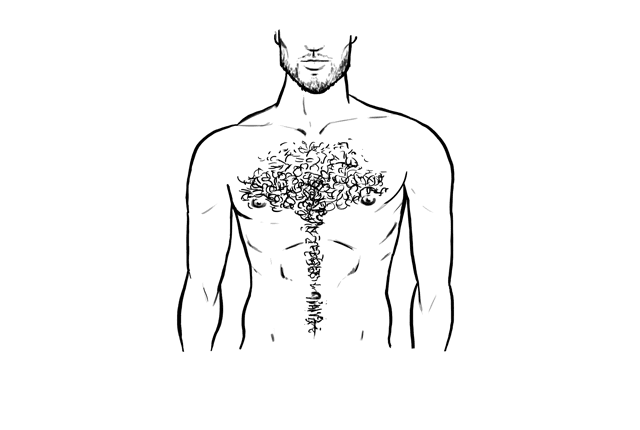
The typical version of The Tree involves shaping a moderate amount of hair on the upper chest with a small trail leading down to the stomach. Most popular amongst the “younger generation” (21%), this evergreen approach to manscaping allows men to proudly display a standard growth of hair all year round.
2. The Top Heavy (15%)
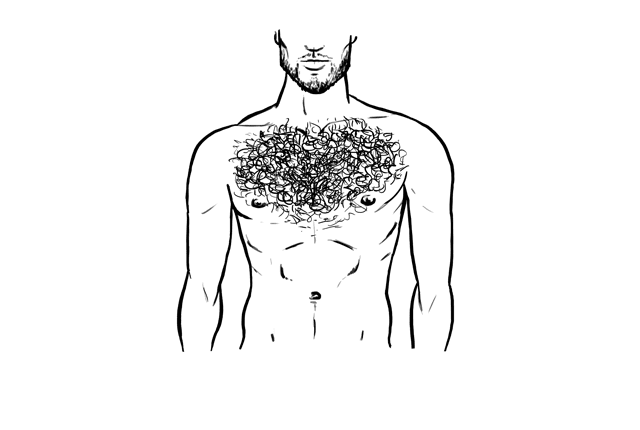
These manscaping heroes rock a well-trimmed mat of hair on the top half of their chest but keep the stomach area smooth. This look was popular across the board, sported by men of all ages.
3. The Rug (14%)
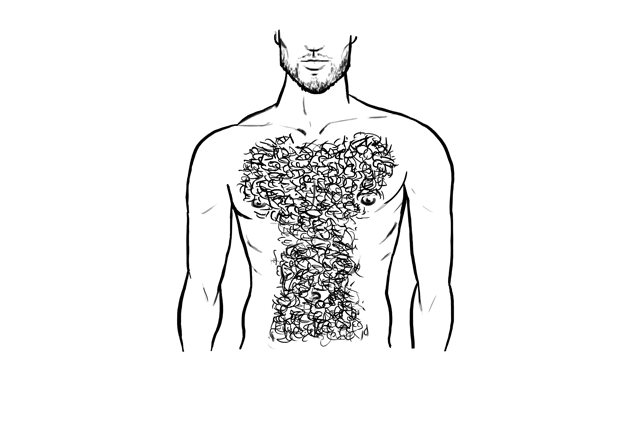
This look epitomises old-school alpha male masculinity with celebrity supporters including Tom Selleck. Fans of this style tend to be 25 years and over, with a chest full of hair to be proud of, keeping the look defined with a quick trim over the summer.
4. The Snail (11%)
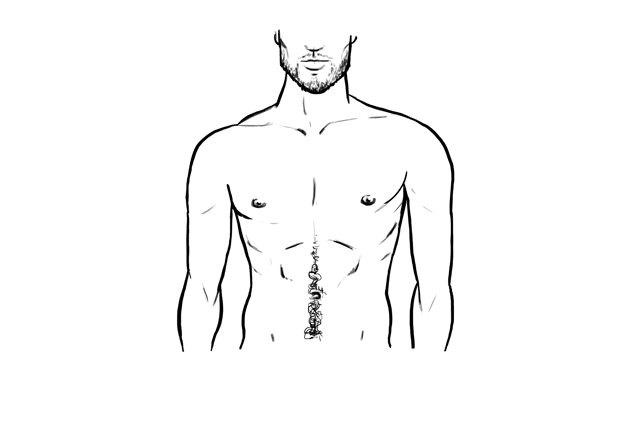
This notable male landscape is common amongst younger men who want to keep any hair above the belly button at bay, with a small trail of hair across the stomach.
5. The Woolly Jumper (11%)
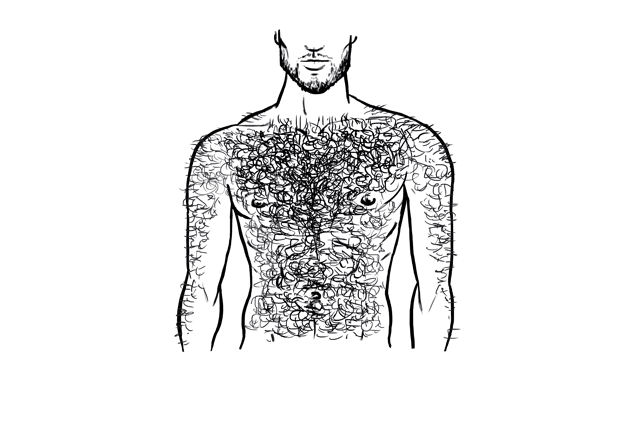
Most impressively, but not for the faint at heart, these hirsute gentlemen channel their inner cavemen externally in a style which is most popular amongst those 31 years and over. To keep this look under control, trim hair to a suitable length on a regular basis.
